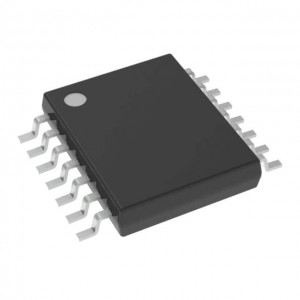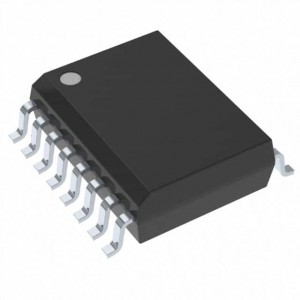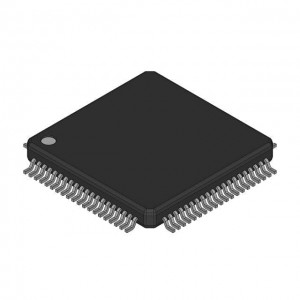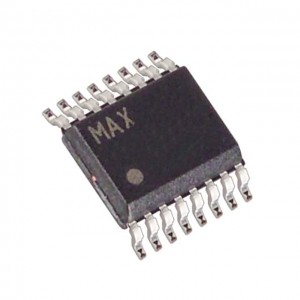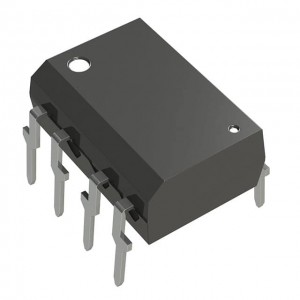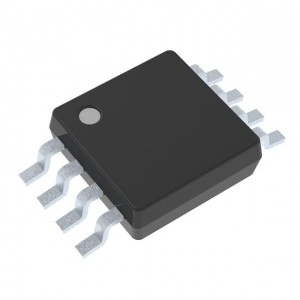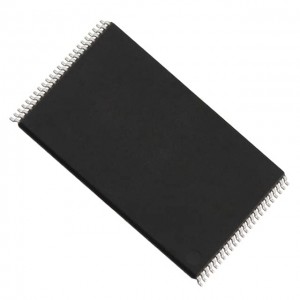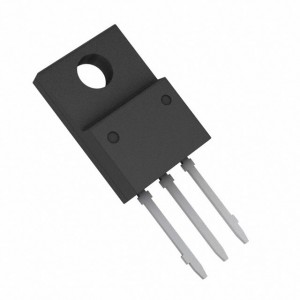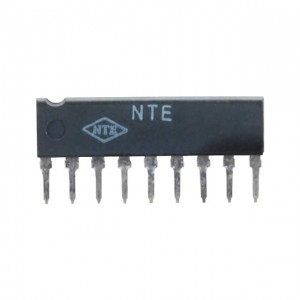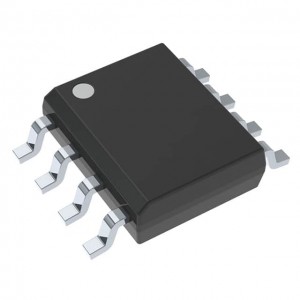Integrated circuit (IC) definition
Integrated Circuit (IC for short) is a microelectronic device that integrates transistors, resistors, capacitors and other electronic components onto a small semiconductor chip and connects them to each other through fine processes to form a complete circuit.
This technology enables electronic components to implement complex functions in a very small space, so ICs are often called "chips" and are widely used in various electronic devices, including computers, mobile phones, TVs, cars, and more.
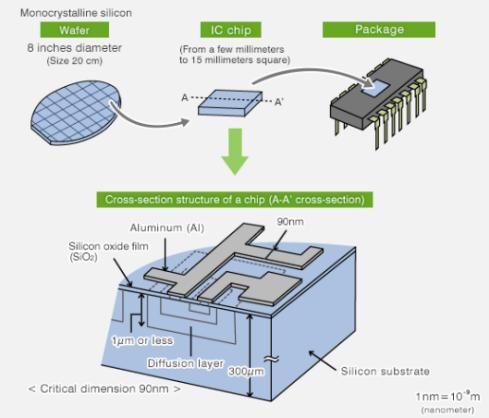
How Integrated Circuits (ICs) Are Connected
Integrated circuits (ICs) are tiny chips composed of hundreds to thousands of electronic components that are interconnected through metal interconnect layers, vias, wires, and precise arrangements to perform specific circuit functions.
Some ICs also have pins and packages for external connections. These connections ensure that the components work in harmony, allowing the IC to perform various tasks in electronic devices.
The importance and role of integrated circuits (ICs)
ICs play many key roles in communications, computing, medical, automotive, home appliances, aerospace, and industry.
For example, they enable smartphones to not only communicate, but also enable games and entertainment programs to run smoothly on the phone. Also related are improvements in computer productivity, more accurate monitoring of medical equipment, more professional car driving controls, and more worry-free home appliances, etc.
Therefore, there is no doubt about the importance and role of IC. It is inseparable from current human life. It is the crystallization of wisdom and covers all aspects of our life and work.
Integrated circuit (IC) type
Analog integrated circuits: used to process analog signals such as sound and voltage, including amplifiers and filters
Digital integrated circuits: Process digital signals, such as microprocessors and logic gates
Mixed-signal integrated circuit: combines analog and digital elements and is used to process applications that contain both analog and digital signals
Radio frequency integrated circuit: dedicated to radio frequency signal processing, such as mobile phone communications and radio frequency identification
Communications integrated circuits: Includes components required for communications equipment, such as Ethernet controllers and modems
Power management integrated circuits: used to manage power supply, battery charging and power consumption management, analog-to-digital converters and digital-to-analog converters: dedicated to converting between analog signals and digital signals
Display driver integrated circuit: used to drive various types of display screens
Sensor integrated circuits: Includes various sensors used to collect environmental data
Clock and timing integrated circuits: used to generate clock signals and perform timing and delay functions
Integrated Circuit (IC) "Advantages and Disadvantages"
Advantage:
Highly integrated (IC) simplifies circuit complexity and brings the following qualitative leaps. Small size, miniaturizing the device; high performance, providing excellent data processing capabilities for the device; low power consumption, extending battery life; low error rate, reducing the risk of failure;
The combination of these characteristics makes IC an indispensable core component in electronic equipment and the shining jewel in the crown.
Shortcoming:
The design and manufacturing of integrated circuits (ICs) are complex and require a lot of resources. At the same time, the cost of customizing ICs is high and is not suitable for small-scale or short-term projects.
In addition, when an IC is damaged, it is often difficult to repair and the only option is to replace the entire chip. High-performance ICs may generate excessive heat and require thermal solutions. Rapid technological progress also causes IC products to become obsolete rapidly. In summary, although IC has many advantages, it also comes with some challenges and limitations.
Integrated circuit (IC) level sorting
SSI: for basic digital logic circuits, including a small number of gates or flip-flops
MSI: for digital logic functions of medium complexity, including more logic gates and flip-flops
LSI: performs complex digital functions and contains a large number of logic gates, flip-flops and other components
VLSI: implements highly complex digital circuits containing hundreds to thousands of logic gates and components
ULSI: for highly integrated digital circuits ranging from thousands to millions of logic gates and components
SoC: Integrating a complete computing system or electronic device onto a single chip, including processor, storage, communication interfaces, etc.
Main features of integrated circuits (ICs)
Integrated circuits (ICs) are made of semiconductor components (usually silicon). They are finely crafted into tiny chips to which are attached a series of tiny metal wires (usually aluminum) that are plastically or ceramically encapsulated into flat blocks.
The flat block has metal pins on the outside, which connect to internal circuit components. These pins can be connected to external circuits for data and power transfer.
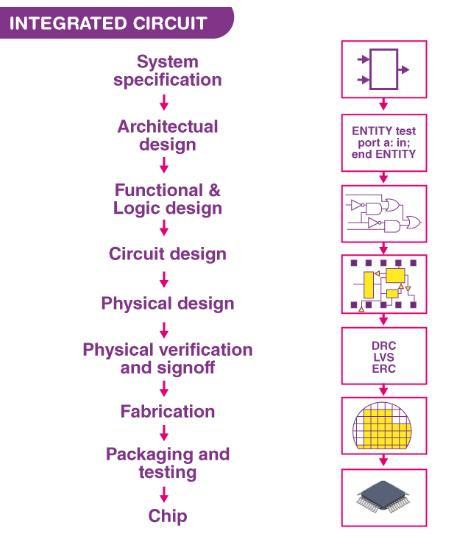
Why integrated circuits are important
The wide application of integrated circuits (ICs) has promoted the revolution in the field of modern electronics and promoted the development of household appliances, computer technology and communications, making a qualitative leap.
It further promotes globalization and brings progress in energy conservation, environmental protection and medical fields to the electronics manufacturing industry. They are the core of the digital age, providing a solid foundation for technological innovation and convenient life.

 My Cart
My Cart
